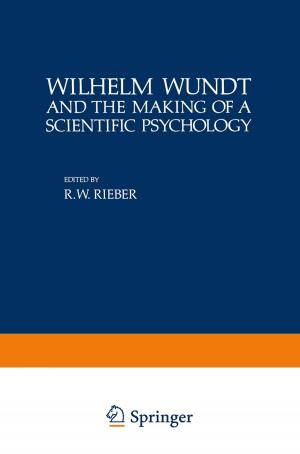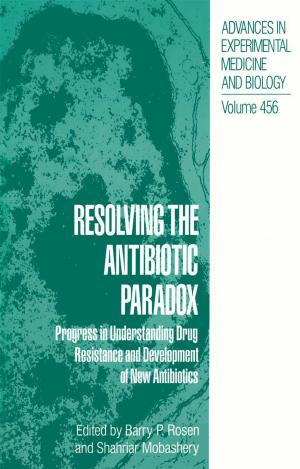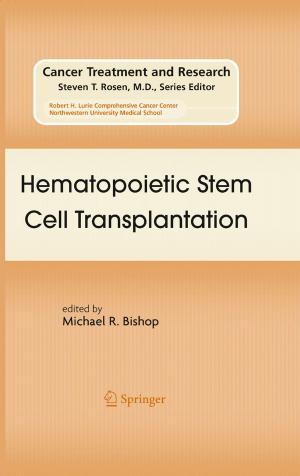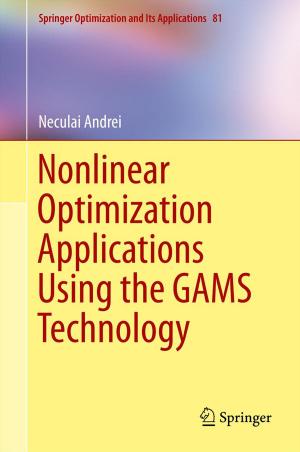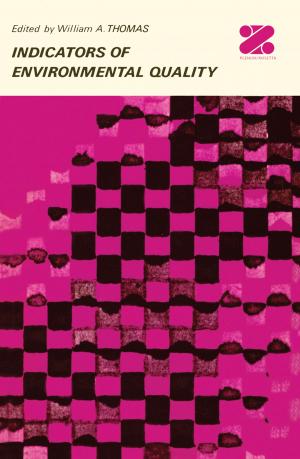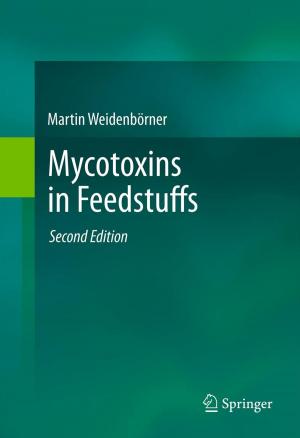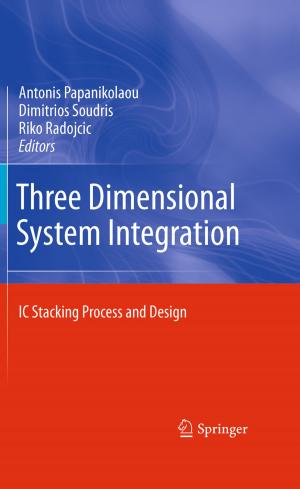Dry Scrubbing Technologies for Flue Gas Desulfurization
Nonfiction, Science & Nature, Science, Chemistry, Technical & Industrial, Biological Sciences, Environmental Science, Nature| Author: | ISBN: | 9781461549512 | |
| Publisher: | Springer US | Publication: | December 6, 2012 |
| Imprint: | Springer | Language: | English |
| Author: | |
| ISBN: | 9781461549512 |
| Publisher: | Springer US |
| Publication: | December 6, 2012 |
| Imprint: | Springer |
| Language: | English |
Dry sulfurization processes offer the significant advantages of low capital and low operating costs when compared to wet desulfurization. They hold great potential for the economical reduction of sulfur emissions from power utilities that use high-sulfur coal.
Dry Scrubbing Technologies for Flue Gas Desulfurization represents a body of research that was sponsored by the State of Ohio's Coal Development Office for the development of technologies that use coal in an economic, environmentally-sound manner. One of the project's major goals was the development of dry, calcium-based sorption processes for removing sulfur dioxide from the combustion gases produced by high-sulfur coal.
Dry Scrubbing Technologies for Flue Gas Desulfurization highlights a number of fundamental research findings that have had a significant and lasting impact in terms of scientific understanding. For example, the experimental investigation of the upper-furnace sulfur capture obtained time-resolved kinetic data in less than 100 millisecond time-scales for the first time ever, thereby revealing the true nature of the ultra-fast and overlapping phenomena. This was accomplished through the development of a unique entrained flow reactor system. The authors also identify a number of important areas for future research, including reaction mechanisms, sorbent material, transport effects, modeling, and process development.
Dry Scrubbing Technologies for Flue Gas Desulfurization will appeal to both chemical and environmental engineers who examine different ways touse coal in a more environmentally benign manner. It will make an essential reference for air pollution control researchers from coal, lime, cement, and utility industries; for government policy-makers and environmental regulatory agencies; and for those who teach graduate courses in environmental issues, pollution control technologies, and environmental policy.
Dry sulfurization processes offer the significant advantages of low capital and low operating costs when compared to wet desulfurization. They hold great potential for the economical reduction of sulfur emissions from power utilities that use high-sulfur coal.
Dry Scrubbing Technologies for Flue Gas Desulfurization represents a body of research that was sponsored by the State of Ohio's Coal Development Office for the development of technologies that use coal in an economic, environmentally-sound manner. One of the project's major goals was the development of dry, calcium-based sorption processes for removing sulfur dioxide from the combustion gases produced by high-sulfur coal.
Dry Scrubbing Technologies for Flue Gas Desulfurization highlights a number of fundamental research findings that have had a significant and lasting impact in terms of scientific understanding. For example, the experimental investigation of the upper-furnace sulfur capture obtained time-resolved kinetic data in less than 100 millisecond time-scales for the first time ever, thereby revealing the true nature of the ultra-fast and overlapping phenomena. This was accomplished through the development of a unique entrained flow reactor system. The authors also identify a number of important areas for future research, including reaction mechanisms, sorbent material, transport effects, modeling, and process development.
Dry Scrubbing Technologies for Flue Gas Desulfurization will appeal to both chemical and environmental engineers who examine different ways touse coal in a more environmentally benign manner. It will make an essential reference for air pollution control researchers from coal, lime, cement, and utility industries; for government policy-makers and environmental regulatory agencies; and for those who teach graduate courses in environmental issues, pollution control technologies, and environmental policy.


